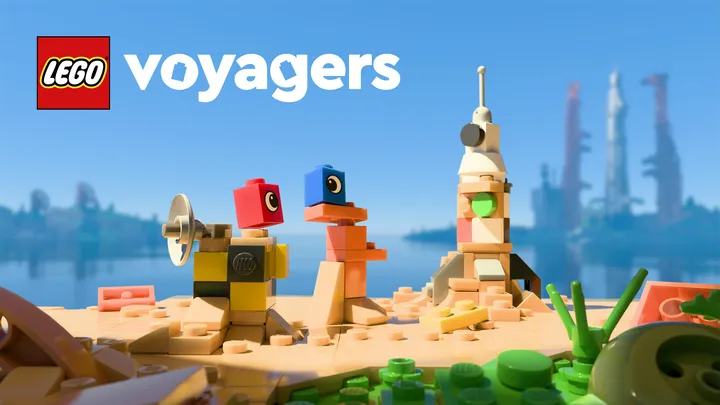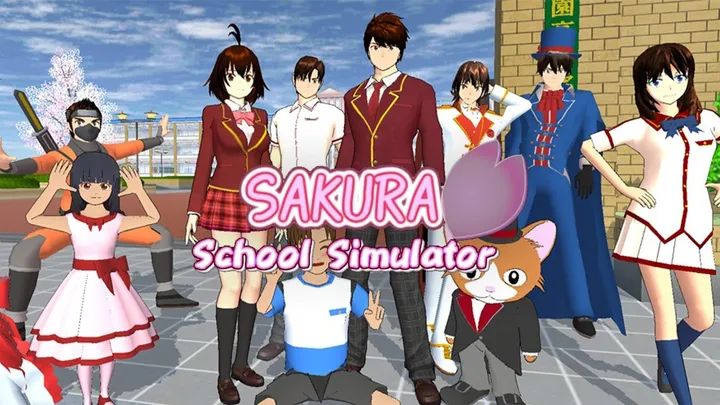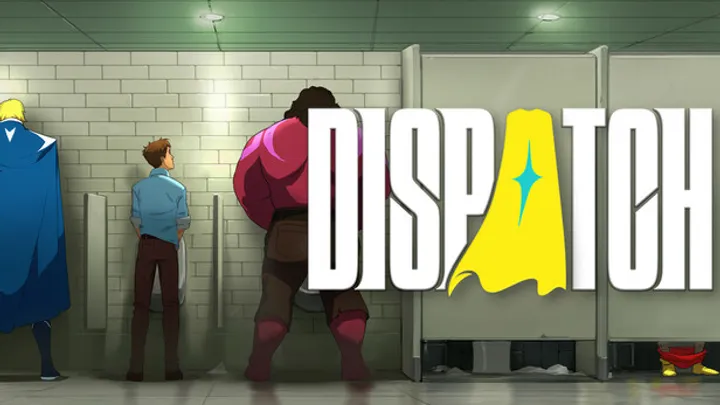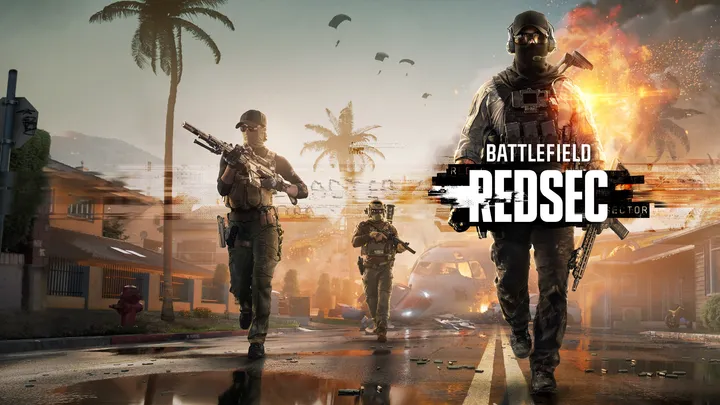
Introduction
The Dead Space Remake revitalizes the beloved survival horror classic, initially released in 2008, bringing new life to both its chilling atmosphere and engaging gameplay mechanics. Developed by Motive Studios, this remake aims to blend nostalgia with innovative updates, confronting players with revitalized graphics, refined controls, and reimagined story elements. However, a significant issue lies at the heart of this remake: the balancing act between maintaining the franchise’s original horror roots and enhancing gameplay for a contemporary audience. In this article, we will explore the intricacies of atmosphere, sound design, and gameplay mechanics that define the Dead Space Remake, examining how they influence player experience and the broader horror genre.
The Legacy of Dead Space
A Brief History of Survival Horror
Dead Space emerged during a period when survival horror was in transition. Titles like Resident Evil 4 had redefined the genre, and players were craving fresh narratives combined with visceral combat mechanics. Dead Space answered that call by immersing players in a chilling science fiction environment, brimming with psychological horror and grotesque enemies known as Necromorphs.
The Original Impact on Gameplay and Horror
Upon its release, the original Dead Space set a new standard for horror games. Its use of atmosphere, sound design, and innovative gameplay mechanics left a lasting legacy, influencing future titles within the genre. Players were introduced to unique weapon mechanics, such as dismembering enemies to stop them, and a zero-gravity environment that allowed for inventive navigation.
Key Elements of the Original Game
- Environmental Storytelling: The Ishimura spaceship contained haunting remnants of its crew, creating a narrative that unfolded through the environment itself.
- Psychological Horror: The creeping dread of isolation and the relentless pursuit of Necromorphs heightened tension throughout the game.
- Visceral Combat: Players were encouraged to use creative weaponry to immobilize and defeat enemies, emphasizing strategy over brute force.
Setting the Stage for the Remake
The Dead Space Remake aims to not only pay homage to the original but also to reimagine it in ways that resonate with modern players. Enhanced graphics, refined mechanics, and updated storytelling elements serve to strengthen the immersive experience while addressing contemporary concerns in horror gaming.
Revamping Atmosphere: Visual and Audio Overhaul
Elevating Graphics to New Heights
One of the most striking changes in the Dead Space Remake is the significant graphical overhaul. Built on the Frostbite engine, the visuals present a more hauntingly detailed environment that immerses players deeper into the decaying halls of the USG Ishimura.
Enhanced Lighting and Effects
The lighting system in the remake plays a pivotal role in delivering tension and suspense. Dynamic shadows and realistic light sources contribute to a visual language that enhances horror elements. The flickering lights and dark corners instill a sense of dread as players navigate the ship, amplifying the fear of the unknown.
Key Visual Improvements
- Dynamic Environment: Areas of the Ishimura shift and change, making exploration unpredictable and increasing the stress of survival.
- Increased Detailing: More detailed textures and models create a visceral experience—every bloodstain, discarded item, and environmental hazard tells a story.
- Realistic Animations: Character animations have been polished, making the horrifying encounters with Necromorphs more impactful and eerie.
Revitalizing Audio Design
While visual improvements set the tone, sound design is pivotal in crafting a terrifying atmosphere. The Dead Space Remake reintroduces the bone-chilling score while enhancing its levels and clarity to create an encompassing audio landscape.
Elements of Sound That Amplify Horror
- Environmental Sounds: The creaking of the Ishimura, unsettling whispers, and distant screams contribute to a suffocating atmosphere that keeps players on edge.
- Dynamic Audio Cues: Unique sound cues alert players to enemy movements, creating a balance between anticipation and anxiety.
- Immersive Voice Acting: Reimagined performances by the voice cast add emotional weight to the narrative and deepen the player’s connection to the characters.
Expanding the Narrative: Character Development and Storytelling
Revisiting Isaac Clarke
In the original Dead Space, Isaac Clarke was primarily seen through the lens of a silent protagonist, which limited character development. The remake takes the opportunity to further flesh out his character, giving players insight into his motivations, fears, and the emotional toll of his experience.
Emotional Depth and Backstory
The Dead Space Remake enhances Isaac’s narrative by weaving in more dialogue and interactions with other characters. Players witness his descent into madness and desperation through voiceovers and environmental storytelling, creating a deeper emotional connection.
Key Narrative Enhancements
- Character Relationships: The connections Isaac builds with his fellow crew members add layers of intensity to the narrative. Their fates weigh heavily on him, intensifying his resolve to survive.
- Flashbacks and Memories: The integration of flashbacks contextualizes Isaac’s motivations, shedding light on his relationship with Nicole, a key figure whose absence drives his actions.
- Dialogue Choices: Expanded conversations introduce moral dilemmas, allowing players to engage with the story on a more personal level.
Environmental Storytelling Reimagined
The environments of the USG Ishimura continue to tell stories long after its crew has succumbed to the Necromorph plague. The remake capitalizes on this, enhancing ways in which players can piece together the ship's haunting history through environmental clues.
Enhancements of Environmental Narrative
- Item Descriptions: Collectibles such as logs and notes provide context and backstory, offering glimpses into the crew’s struggles.
- Visual Cues: Blood trails, broken machinery, and remnants of chaos illustrate the aftermath of the Necromorph outbreak, inviting players to explore and speculate fully.
- Dynamic Environment: The shifting landscape of the Ishimura—as players return to previously explored areas—serves to amplify the feeling that the ship is a living entity.
Engaging Gameplay Mechanics: Combat and Navigation
Refining Combat Systems
While the essence of Dead Space remains intact, the remake redefines combat mechanics to enhance fluidity and player engagement. The weapons, controls, and enemy encounters are revamped to offer a more intense experience.
Enhanced Weapon Customization
The remake includes improved weapon mechanics that allow players to modify their arsenal significantly. These enhancements provide opportunities for tactical choices that affect combat encounters.
Key Combat Mechanisms
- Strategic Dismemberment: Players are encouraged to target specific limbs of the Necromorphs to incapacitate them effectively, reinforcing the game’s horror identity.
- Weapon Upgrades: An upgrade system expands the capabilities of weapons, allowing players to tailor their playstyle.
- Resource Management: The balance between ammo scarcity and survival draws players into the tension of combat, creating difficult choices about loadouts.
Navigating the Ishimura: A Psychological Challenge
The remake retains its focus on exploration, but improvements in navigation mechanics enhance the player experience. The zero-gravity sections and environmental puzzles are refined for smoother engagement.
Navigational Updates
- Improved Zero-Gravity Mechanics: Players maneuver more fluidly in zero-gravity sequences, allowing for accurate movements and quick reactions during tense moments.
- Interactive Environments: Players must actively engage with the space, using environmental features to solve puzzles and defeat enemies.
- Map System Revamp: A more accessible map system provides clearer pathways, helping players orient themselves without detracting from the feeling of isolation.
The Psychological Horror of Isolation
Building Suspense through Fear
In a genre inundated with jump scares, Dead Space Remake distinguishes itself by cultivating an atmosphere of creeping dread. The fear of the unknown permeates the experience, compelling players to confront their anxieties as they navigate the eerie corridors of the Ishimura.
The Element of Isolation
Solemn solitude is central to player experience, as Isaac finds himself alone amidst the ominous remnants of the ship and the lurking threats within. This isolation fosters an emotional connection and intensifies the narrative.
Key Elements of Psychological Horror
- Unsettling Ambiance: The combination of sound and visuals enhances feelings of vulnerability, showcasing the horror of being hunted.
- Stalking Enemies: The unpredictable nature of Necromorph attacks heightens tension, teaching players to be constantly vigilant.
- Narrative Fractures: The gradual disintegration of Isaac’s sanity emphasizes psychological horror, drawing players deeper into a narrative marked by despair.
Mastering Fear: The Player's Psychological Journey
Throughout their experience, players are compelled to confront their fears while likening Isaac’s journey to their own emotional states. The remake cleverly uses psychological horror to connect players to the narrative, ensuring a deeply engaging experience.
The Community Response: Nostalgia vs. Innovation
Balancing Fan Expectations
The Dead Space Remake has faced expectations from both new players and longtime fans of the franchise. While nostalgia plays a significant role in its appeal, it must also incorporate innovative changes to stay relevant in the modern gaming landscape.
Navigating Reception and Criticism
Upon release, Dead Space Remake garnered attention for its enhancements, but not all feedback was universally positive. Some fans were divided on whether the changes improved the experience or detracted from the original's charm.
Key Points of Contention
- Character Development: While some welcomed the enriching of Isaac’s character, others felt it deviated too far from the original's silent protagonist approach.
- Combat Mechanics: The refinement of combat was praised for its fluidity, but some players remained nostalgic for the simplicity of the original's mechanics.
- Environmental Changes: Alterations in level design and enemy placements could restore some hallmarks of the original, inviting varying opinions within the community.
Moving Forward
Motive Studios' work highlights the tension in reimagining iconic titles while catering to long-time fans and newer players. The success of Dead Space Remake will rely on its ability to embrace the spirit of the original while leading the franchise in new directions.
Conclusion: Embracing the Horror Within
Dead Space Remake successfully revitalizes a classic horror experience while significantly enhancing its narrative depth, atmospheric engagement, and gameplay mechanics. This balance highlights the potential for a horror game to evolve while honoring its roots. By delivering an unforgettable atmosphere, psychological depth, and improved gameplay, the remake not only introduces new generations to the horror of the Ishimura but also rekindles the fear and fascination for longtime fans.
As players delve into the haunting corridors of this reimagined title, they are invited to confront not only the grotesque foes that lurk in the shadows but also the darker aspects of human nature—fear, isolation, and despair. The Dead Space Remake stands as a testament to the power of innovation within the horror genre and affirms that some terrors are timeless.

















